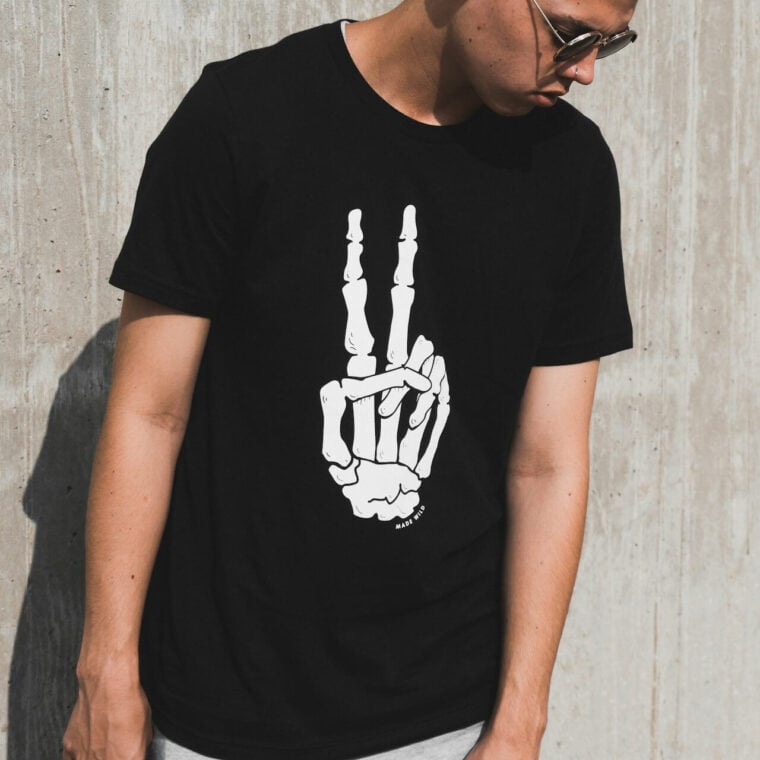Seamless garment manufacturing is a sophisticated process that involves 8 key step process and the use of advanced machinery by the seamless clothing manufacturer. Here’s a detailed overview of the manufacturing process, focusing on how seamless clothing, such as t-shirts, is made:
1. Yarn Selection
Seamless clothing manufacturer start by selecting high-quality yarns, which are crucial for the performance and feel of the final product. Common materials include cotton, polyester, nylon, spandex, and various blends. The properties of these yarns, such as elasticity, moisture-wicking ability, and durability, are carefully considered.
2. Circular Knitting Machine Setup
The core of seamless garment manufacturing is the circular knitting machine. These machines knit fabric in a tubular form, which eliminates side seams. The setup involves:
- Programming the Machine: Using specialized software, designers input the garment specifications, including size, shape, and pattern. This digital blueprint guides the knitting machine.
- Loading the Yarn: The selected yarns are loaded onto the machine. Different yarns can be used simultaneously to create different textures or features within the same garment.
3. Knitting Process
The circular knitting machine follows the programmed instructions to knit the garment in a continuous loop. Key aspects include:
- Knitting the Fabric: The machine’s needles move in a circular motion, interlocking the yarn to form the tubular fabric. This process is highly efficient and can be adjusted to create varying fabric densities and patterns.
- Incorporating Features: Elements such as ribbed cuffs, hems, and different textures can be integrated directly into the fabric during the knitting process.
4. Cutting and Shaping
Once the fabric is knitted into a tubular form, it is cut to create openings for the neck, sleeves, and hem. This step may involve:
- Laser Cutting: For precision and to prevent fraying, laser cutting is often used to create clean edges and openings.
- Heat Sealing: Edges can be heat-sealed to enhance durability and maintain the garment’s shape.
5. Linking and Finishing
While the majority of the garment is seamless, some finishing touches are necessary:
- Linking Sleeves and Necklines: Specialized machines or manual techniques are used to attach sleeves and necklines to the main body of the garment seamlessly.
- Sewing Labels and Tags: Care labels, brand tags, and other necessary information are sewn or heat-pressed onto the garment.
6. Dyeing and Printing
If the yarns were not pre-dyed, the garments may undergo dyeing:
- Batch Dyeing: The seamless garments are dyed in large batches to achieve uniform color.
- Printing: Logos, designs, or patterns can be added using screen printing, digital printing, or heat transfer techniques.
7. Quality Control
Each garment undergoes thorough quality control checks to ensure:
- No Defects: Inspections for any knitting defects, holes, or irregularities in the fabric.
- Consistency: Ensuring all garments meet size and shape specifications.
- Durability: Testing the strength of the seams and the overall integrity of the garment.
8. Packaging
After passing quality control, the garments are packaged for distribution:
- Folding and Bagging: The garments are neatly folded and placed in protective bags.
- Labeling: Each package is labeled with size, color, and other relevant information.
- Shipping: Prepared for shipment to retailers or direct customers.
Advantages of Seamless Garment Manufacturing
- Comfort: The lack of side seams reduces irritation and chafing.
- Fit: Seamless garments often provide a better fit as they naturally contour to the body.
- Durability: Fewer seams mean fewer weak points, enhancing the garment’s longevity.
- Aesthetics: Seamless garments have a sleek, modern look that appeals to consumers.
Seamless wear garment manufacturer, particularly in regions like Tirupur, India such as Synerg, are at the forefront of this technology, leveraging their expertise to produce high-quality seamless wear that meets the demands of global markets. This advanced manufacturing process not only enhances the quality and comfort of the garments but also increases production efficiency.

